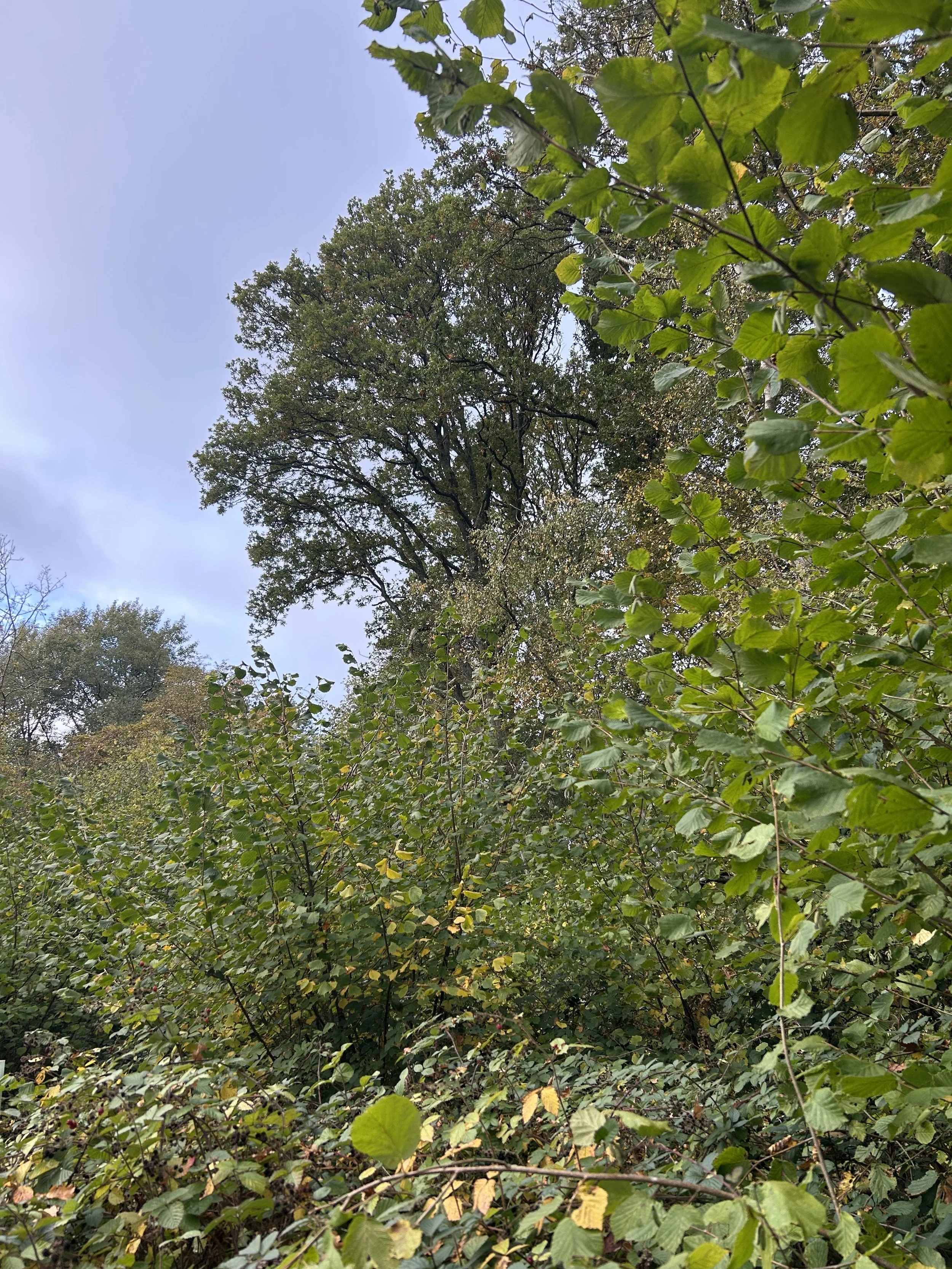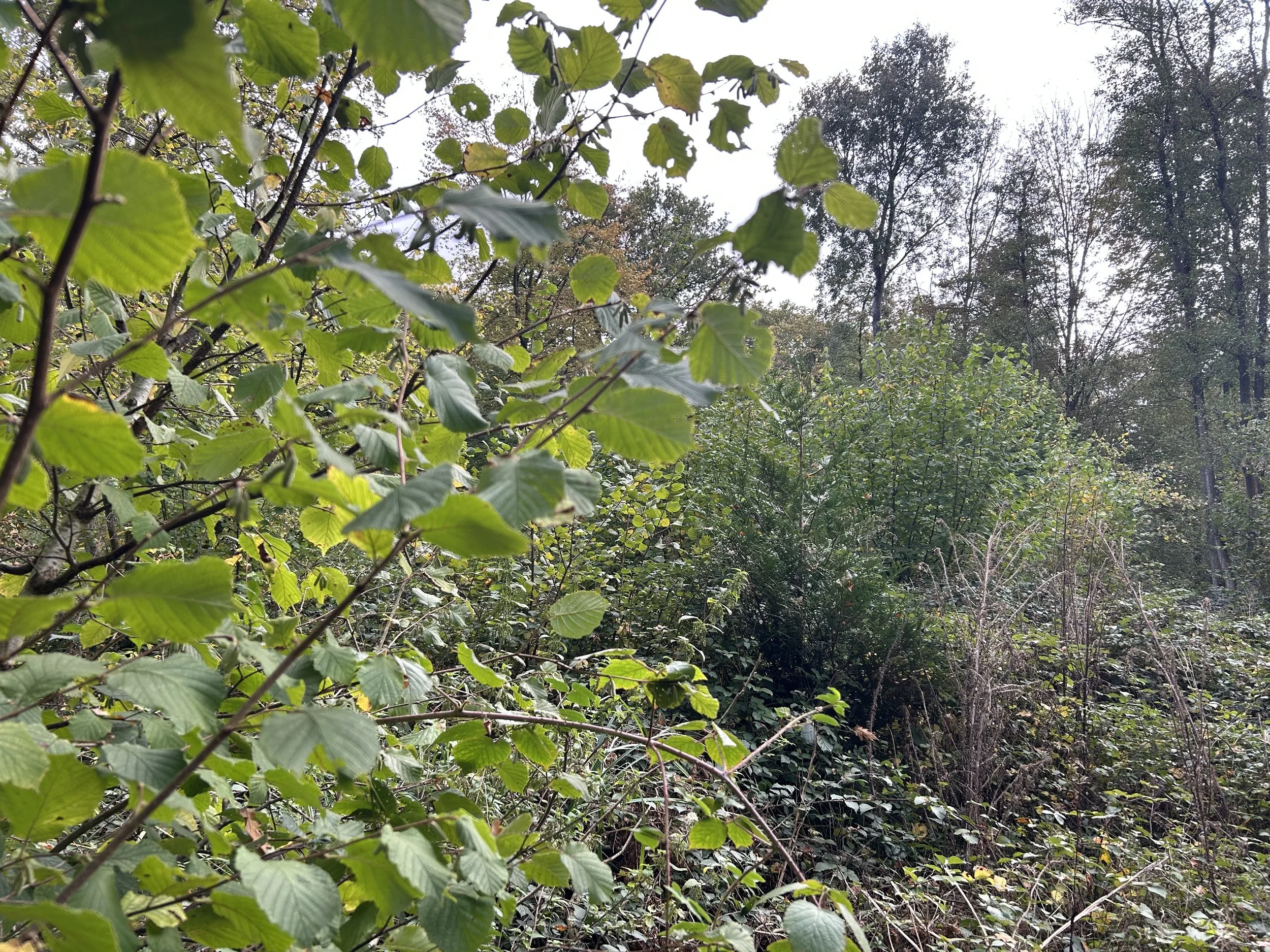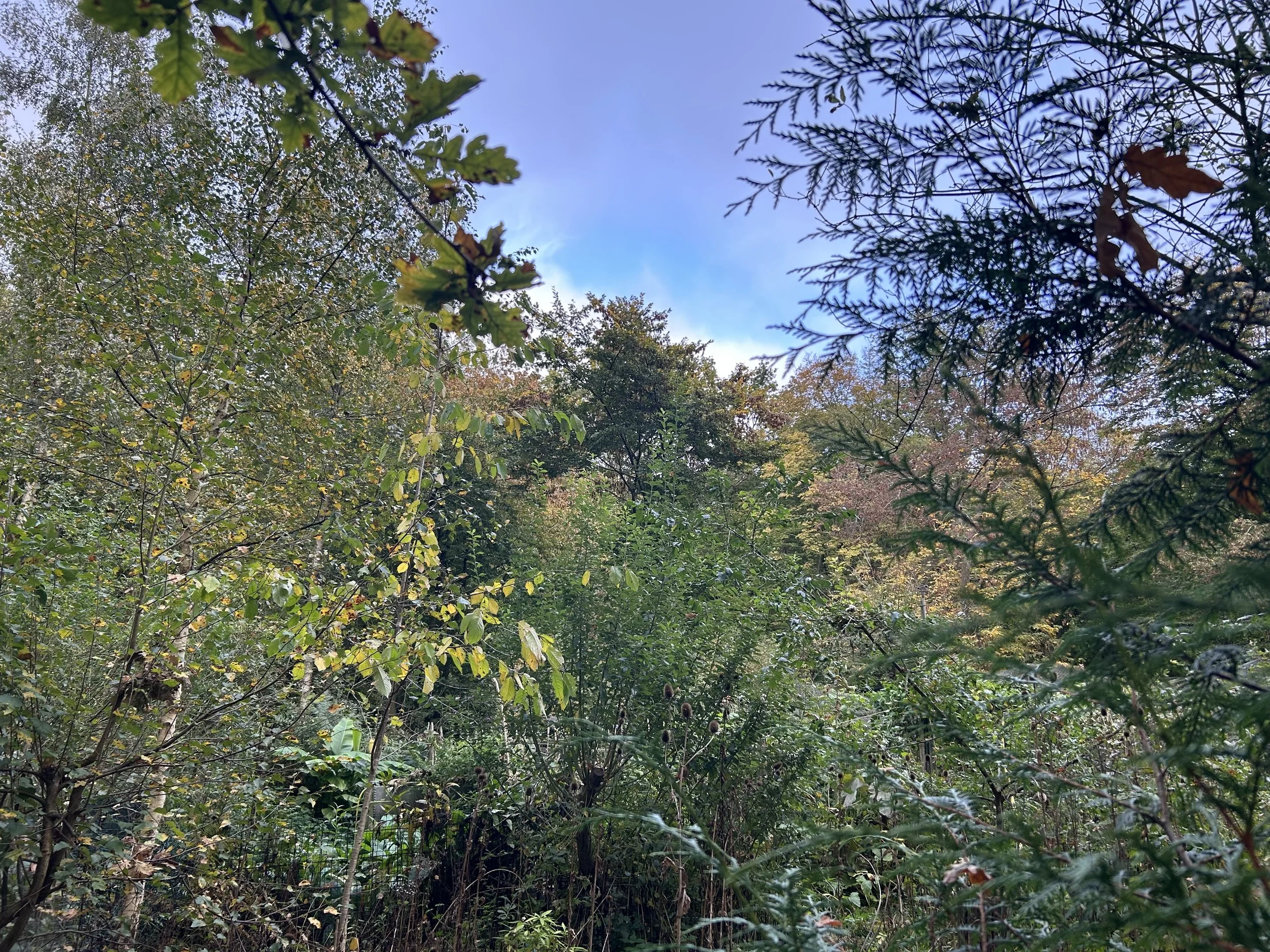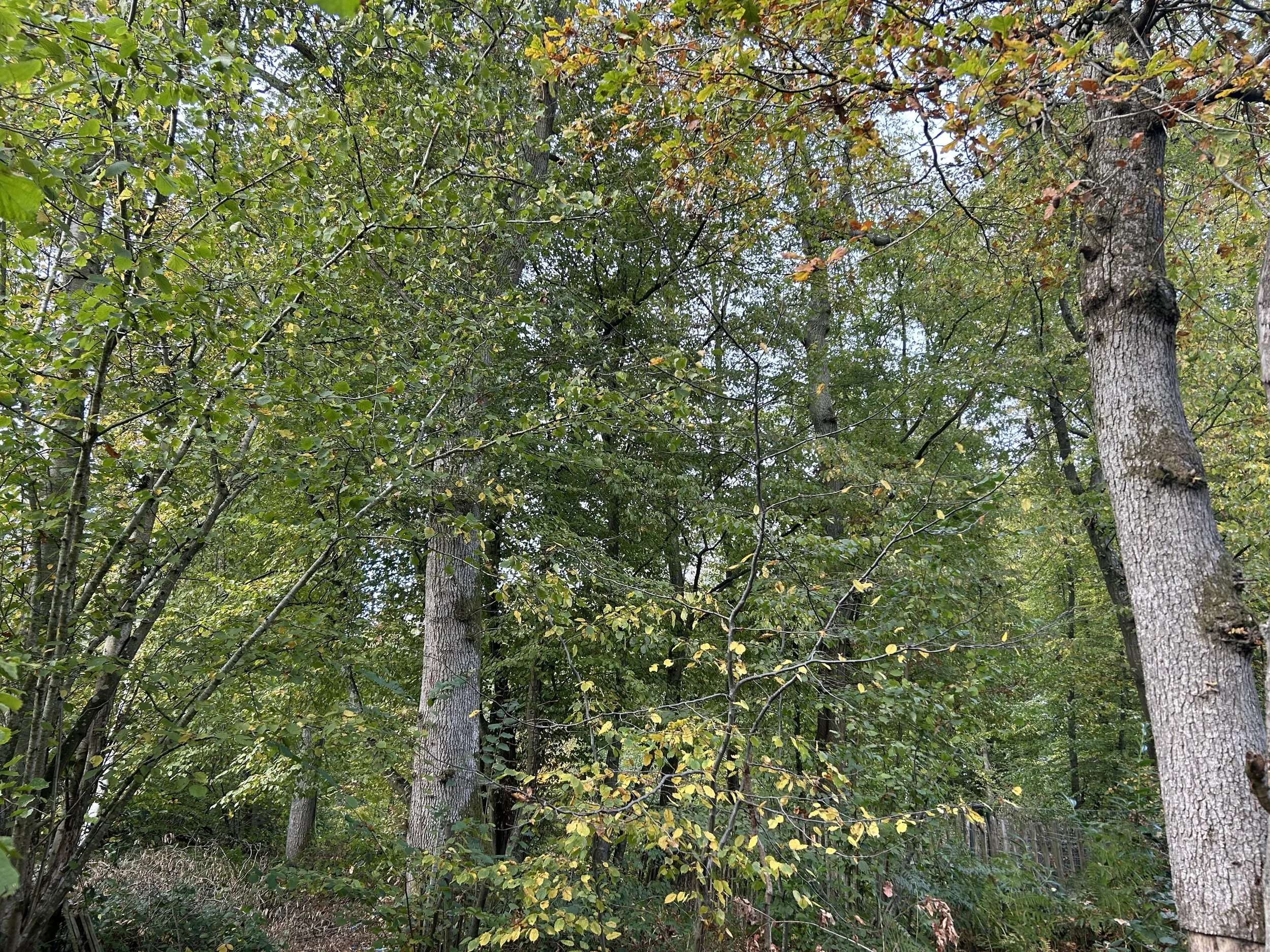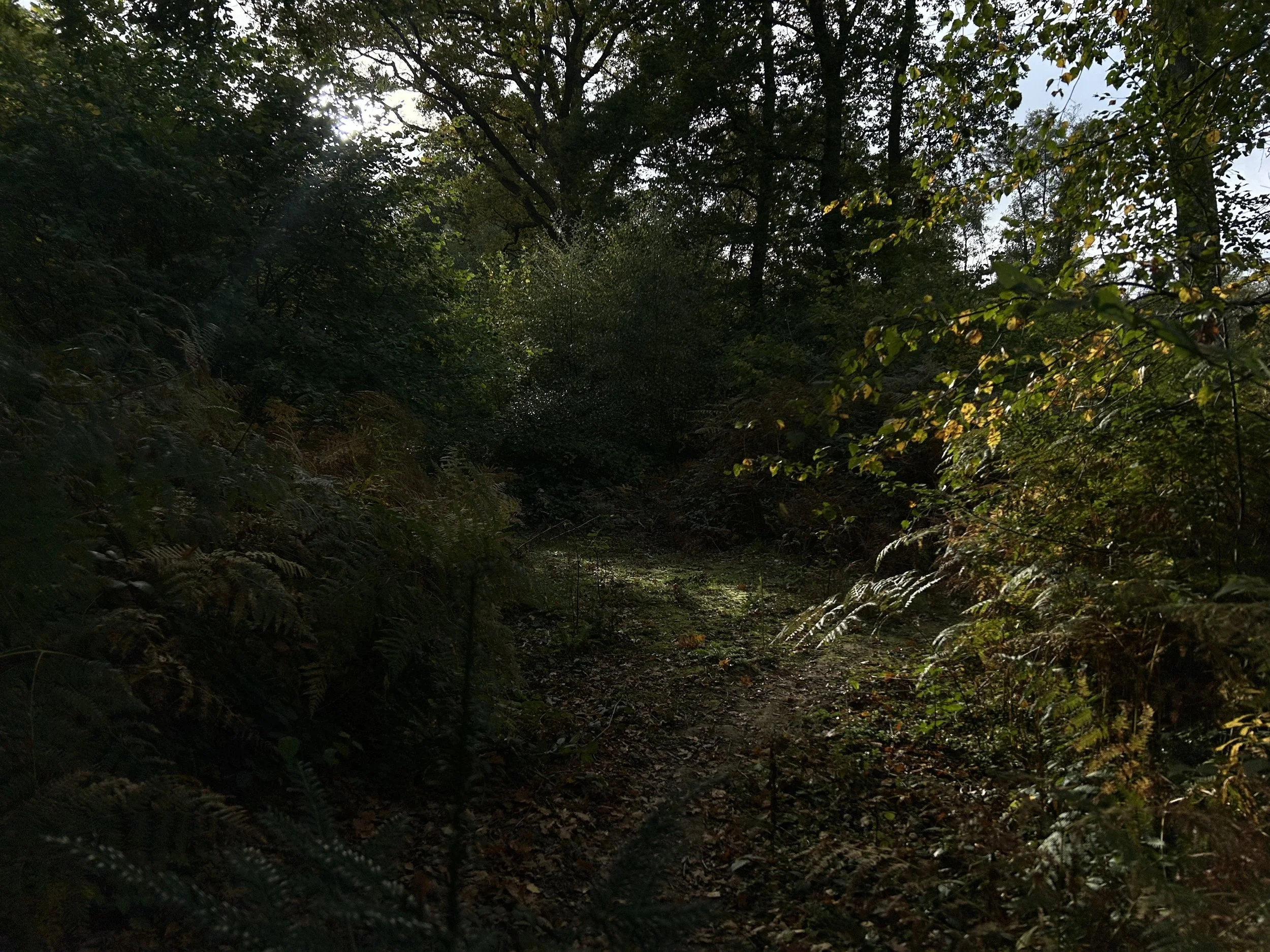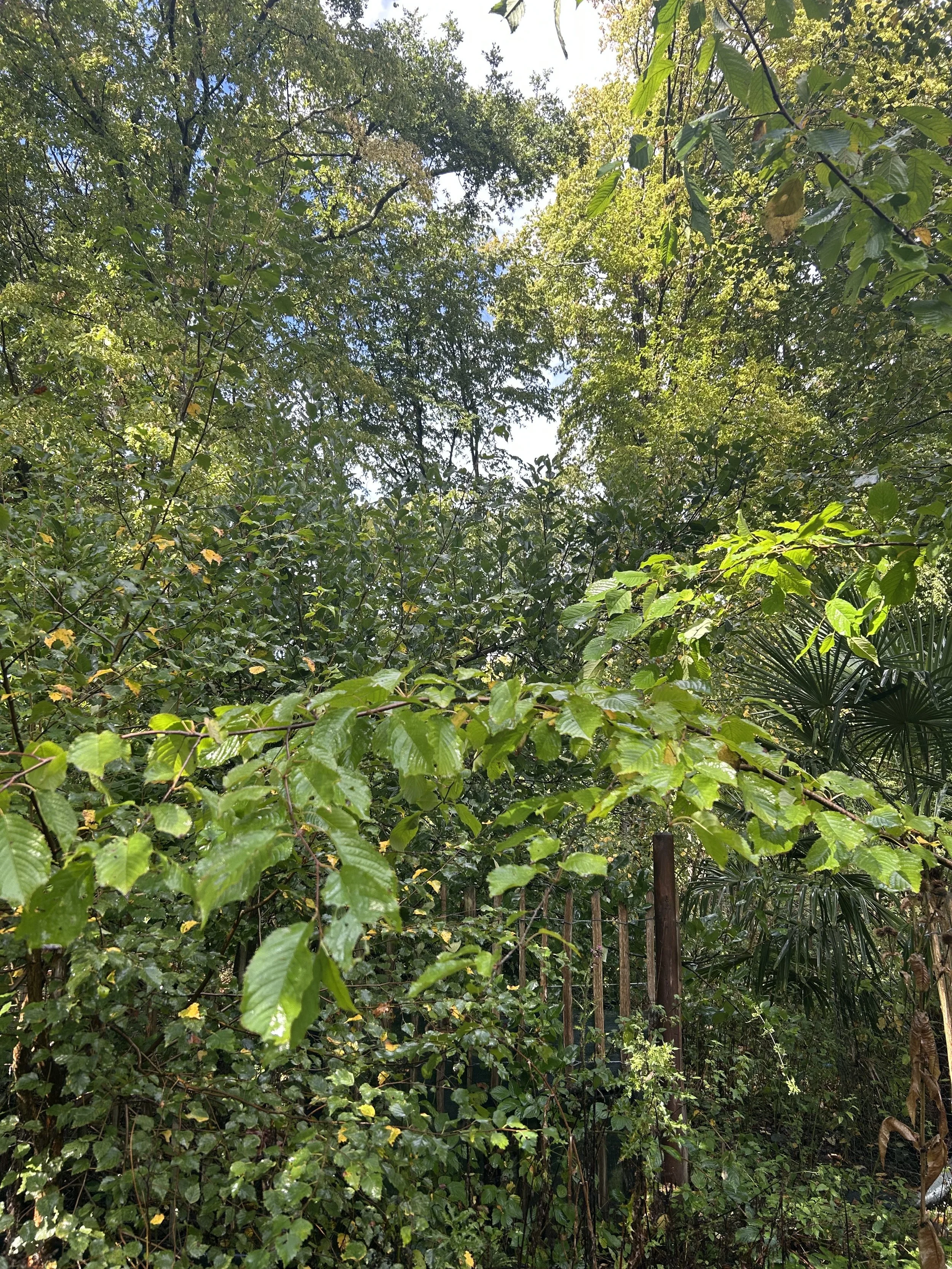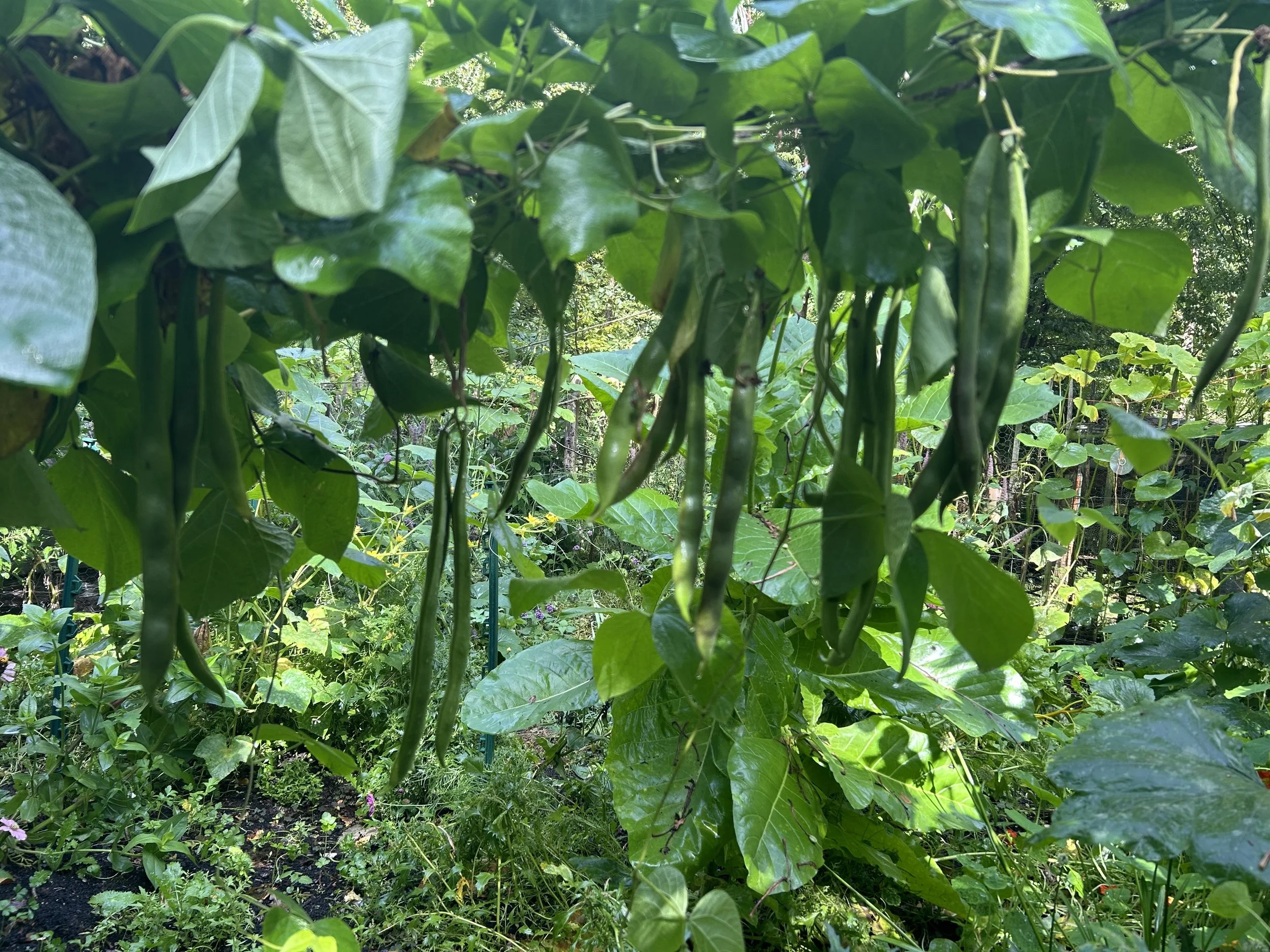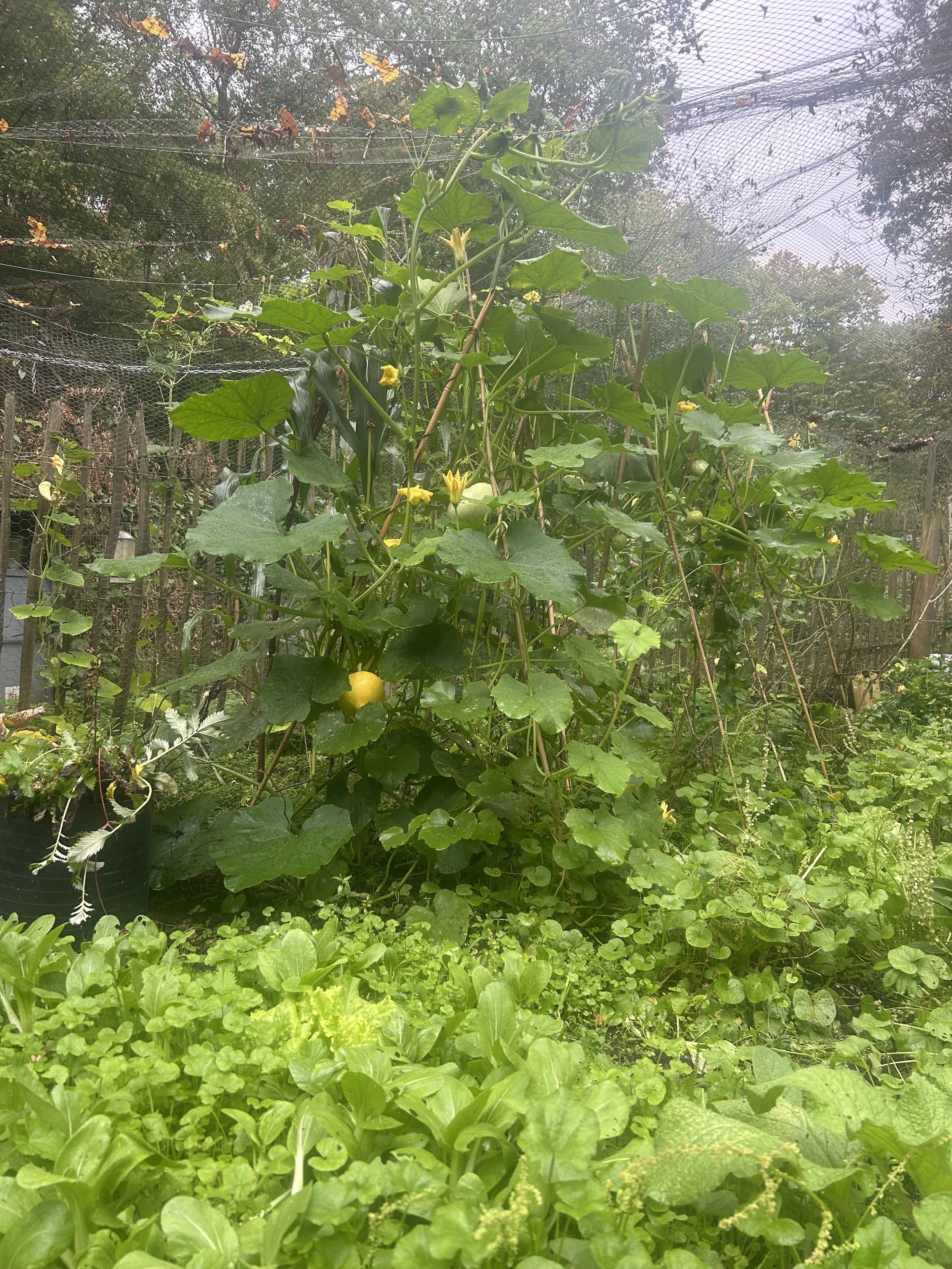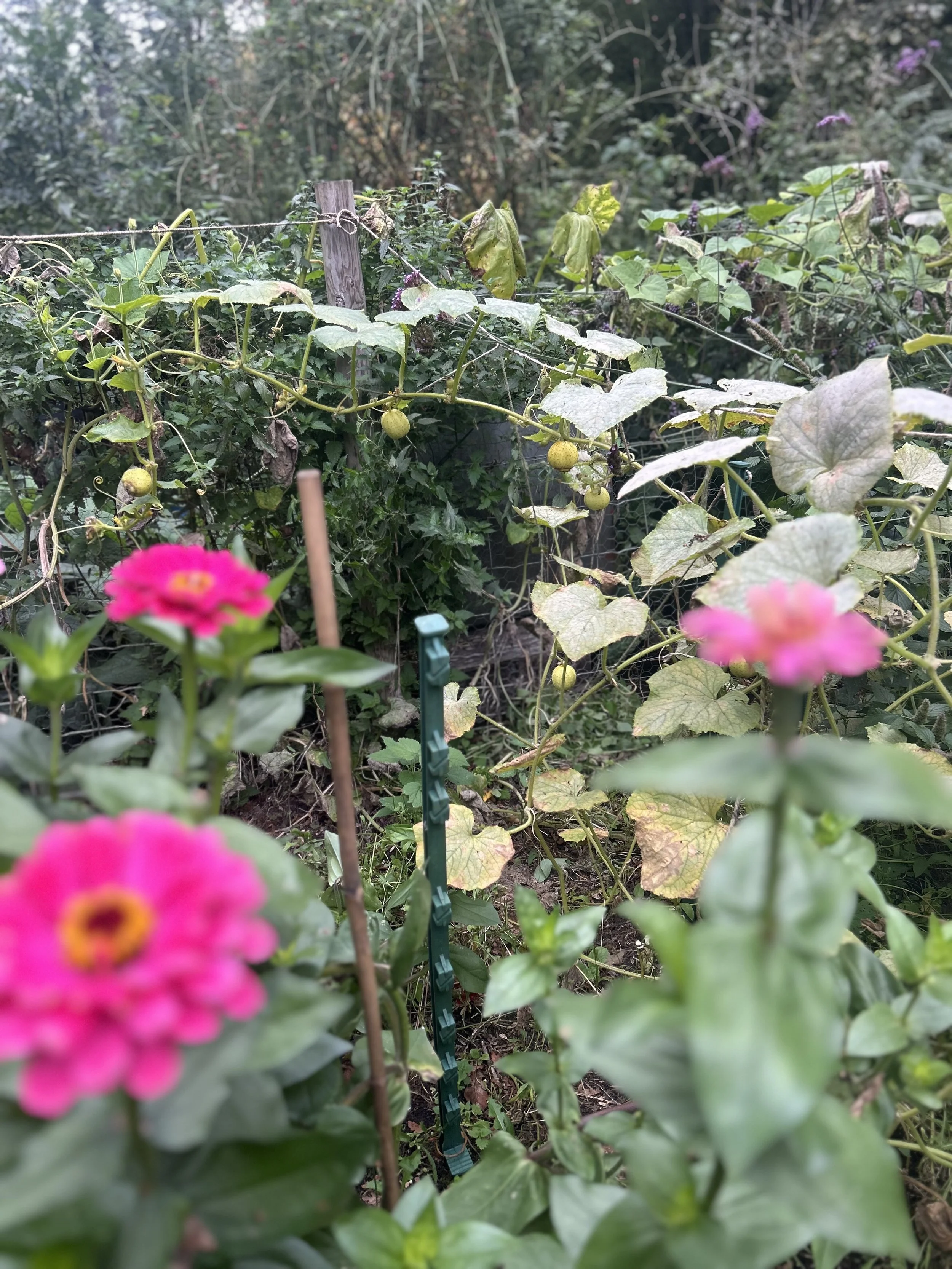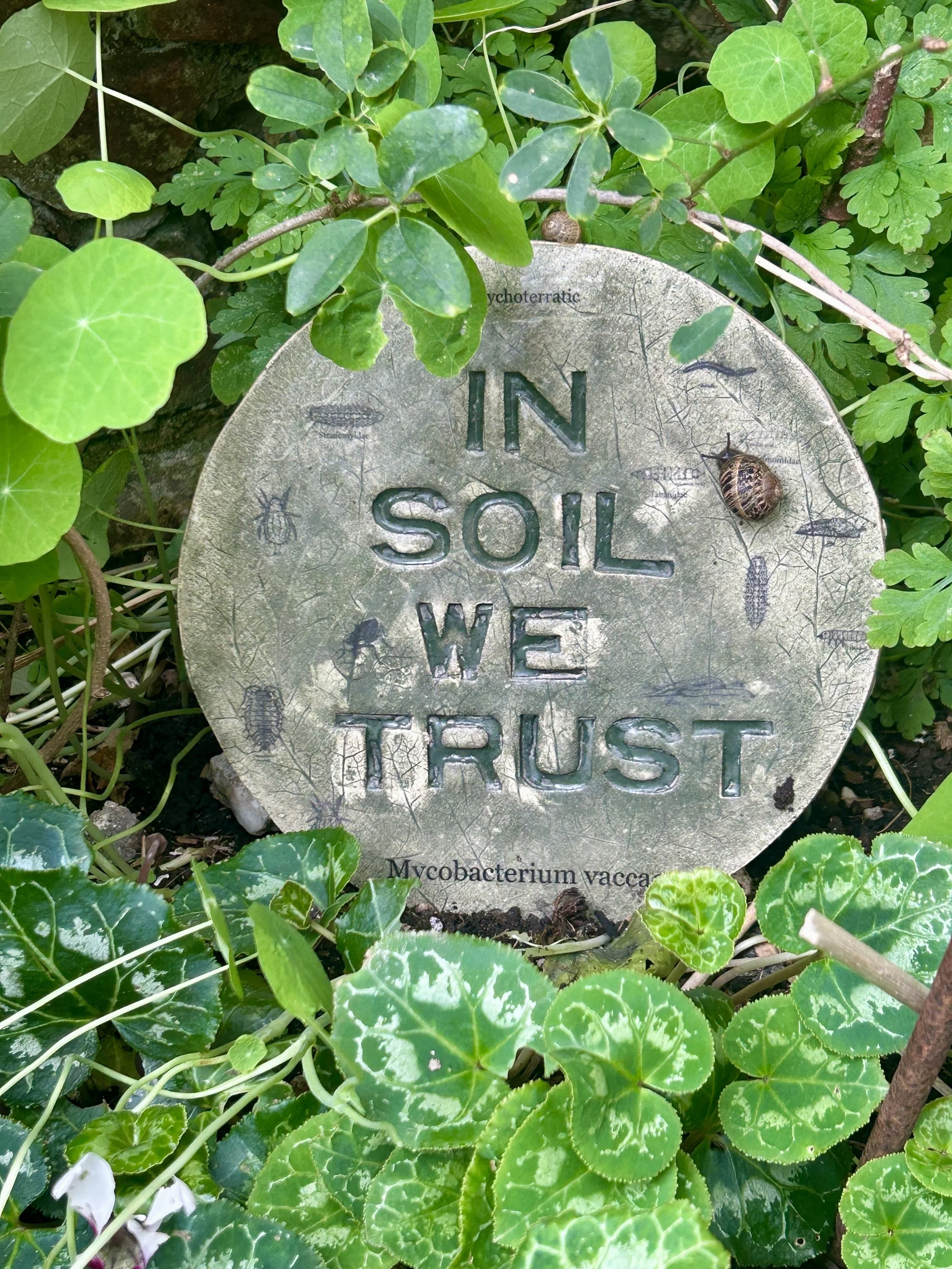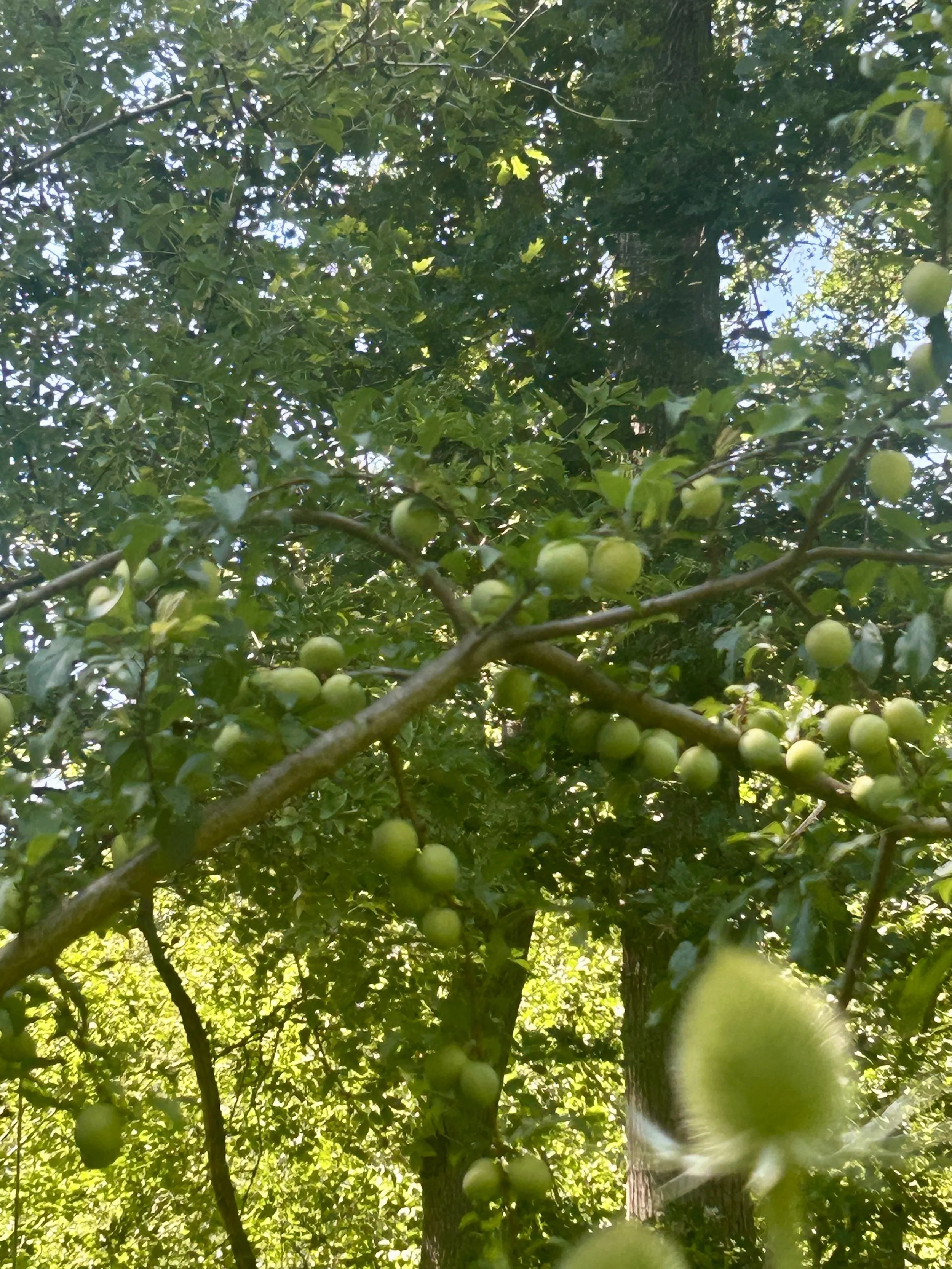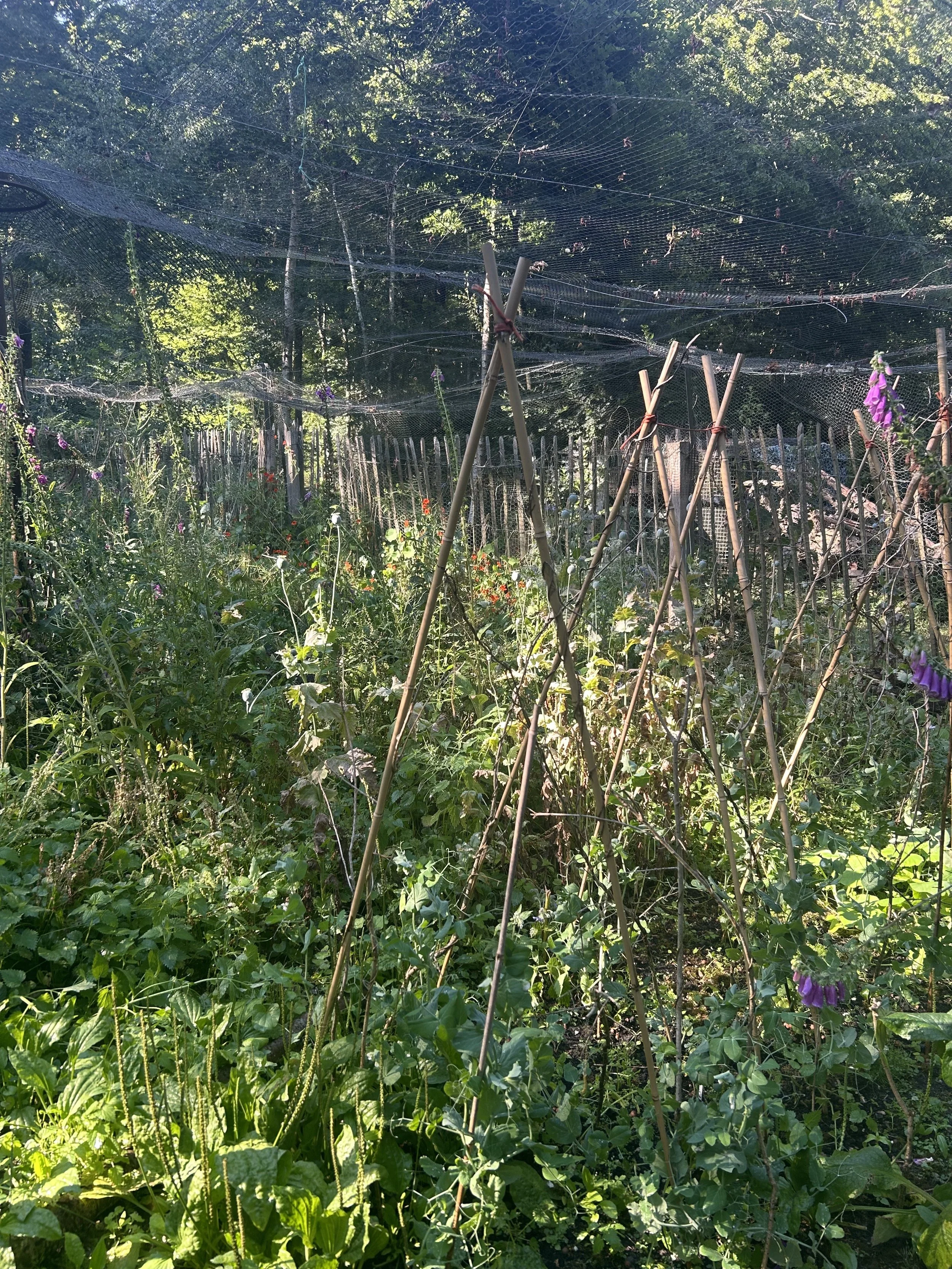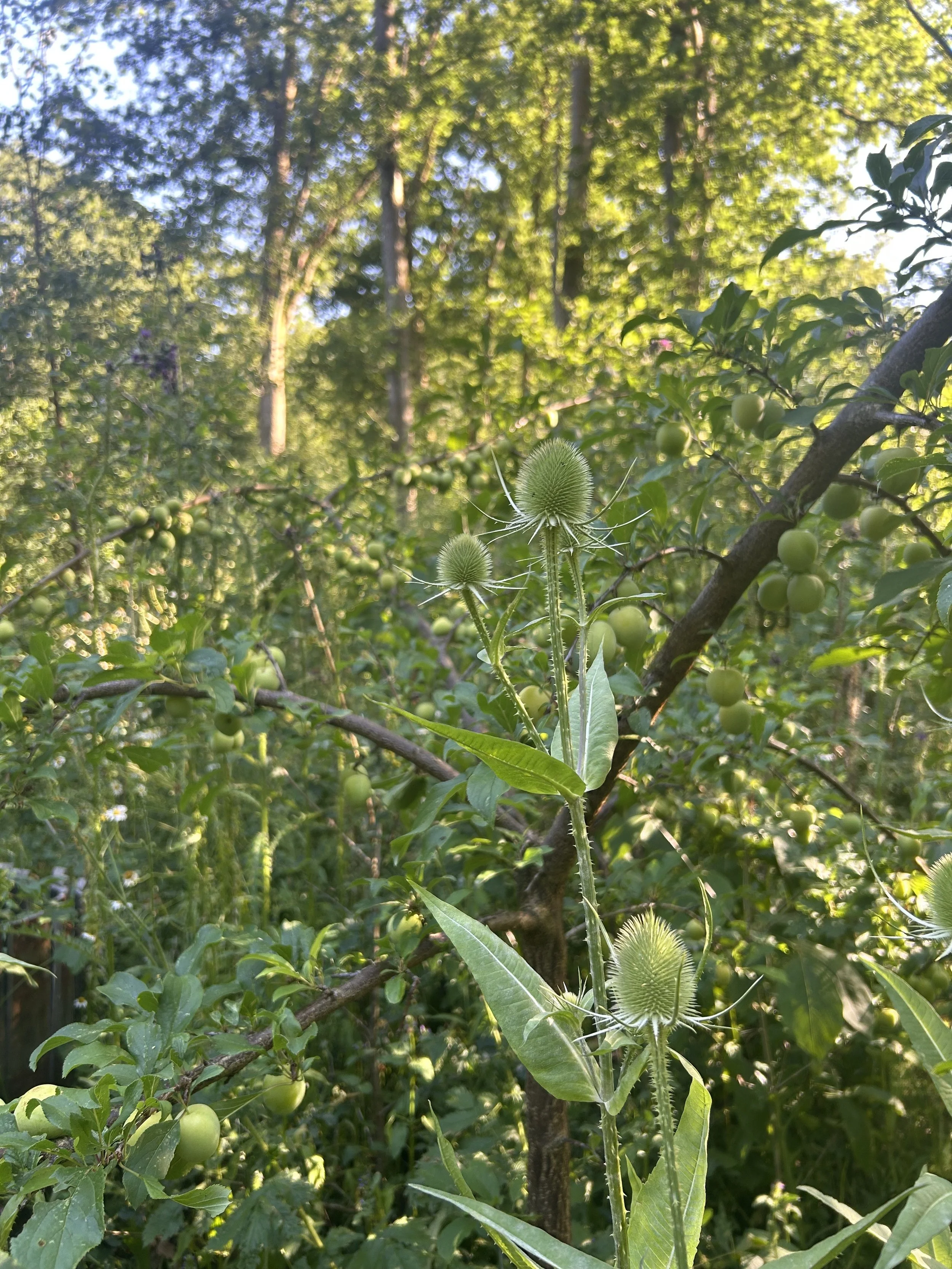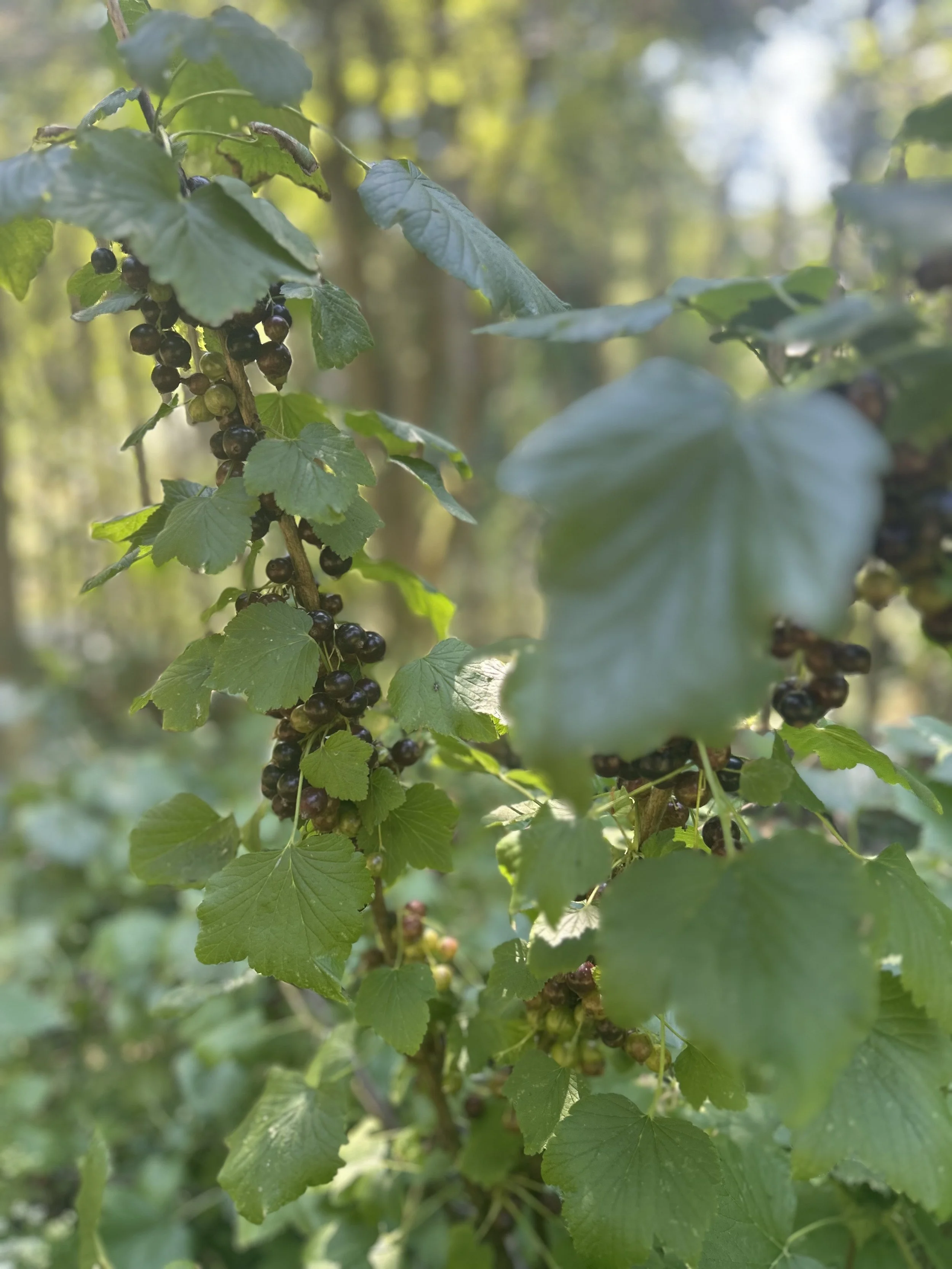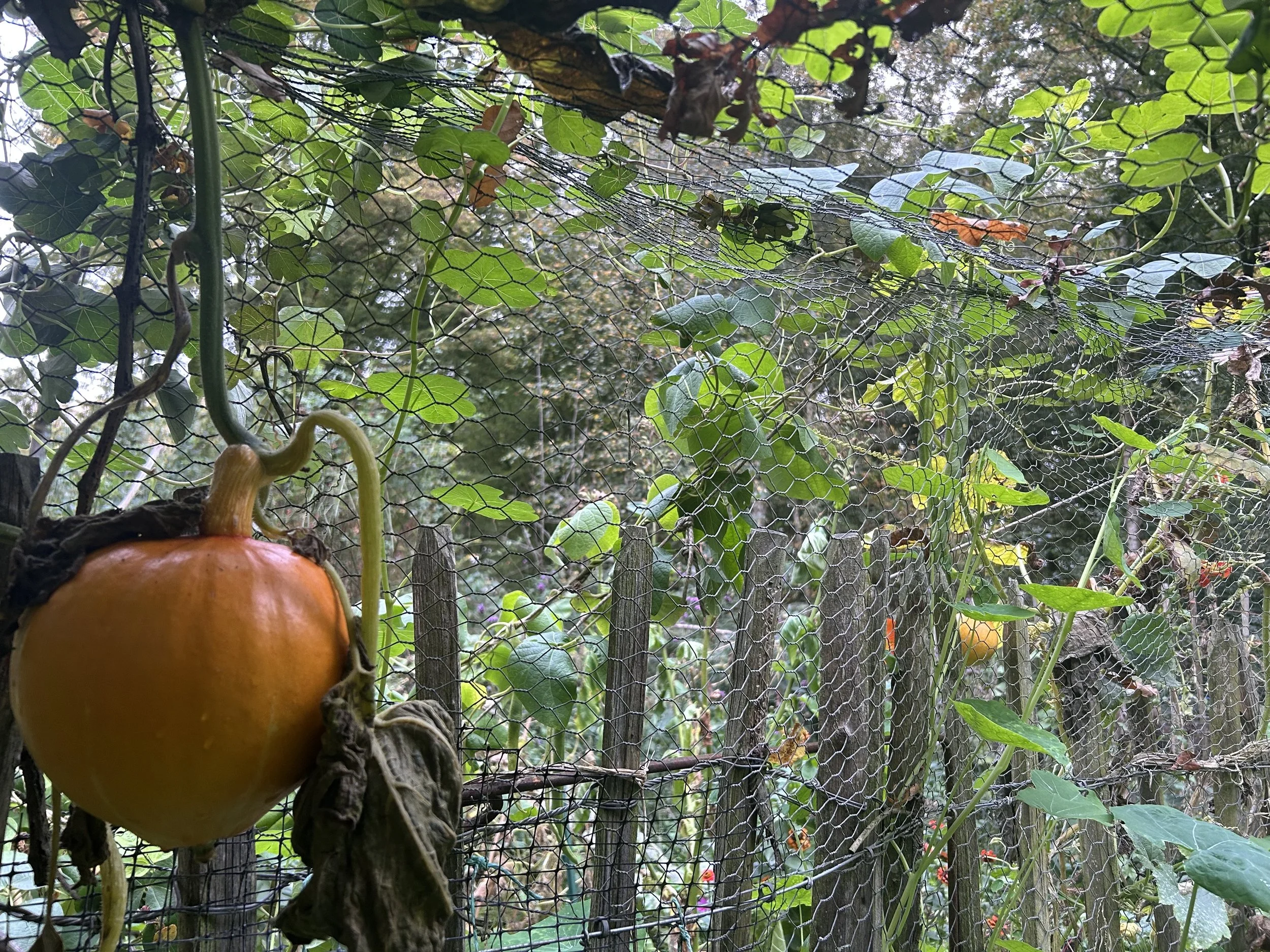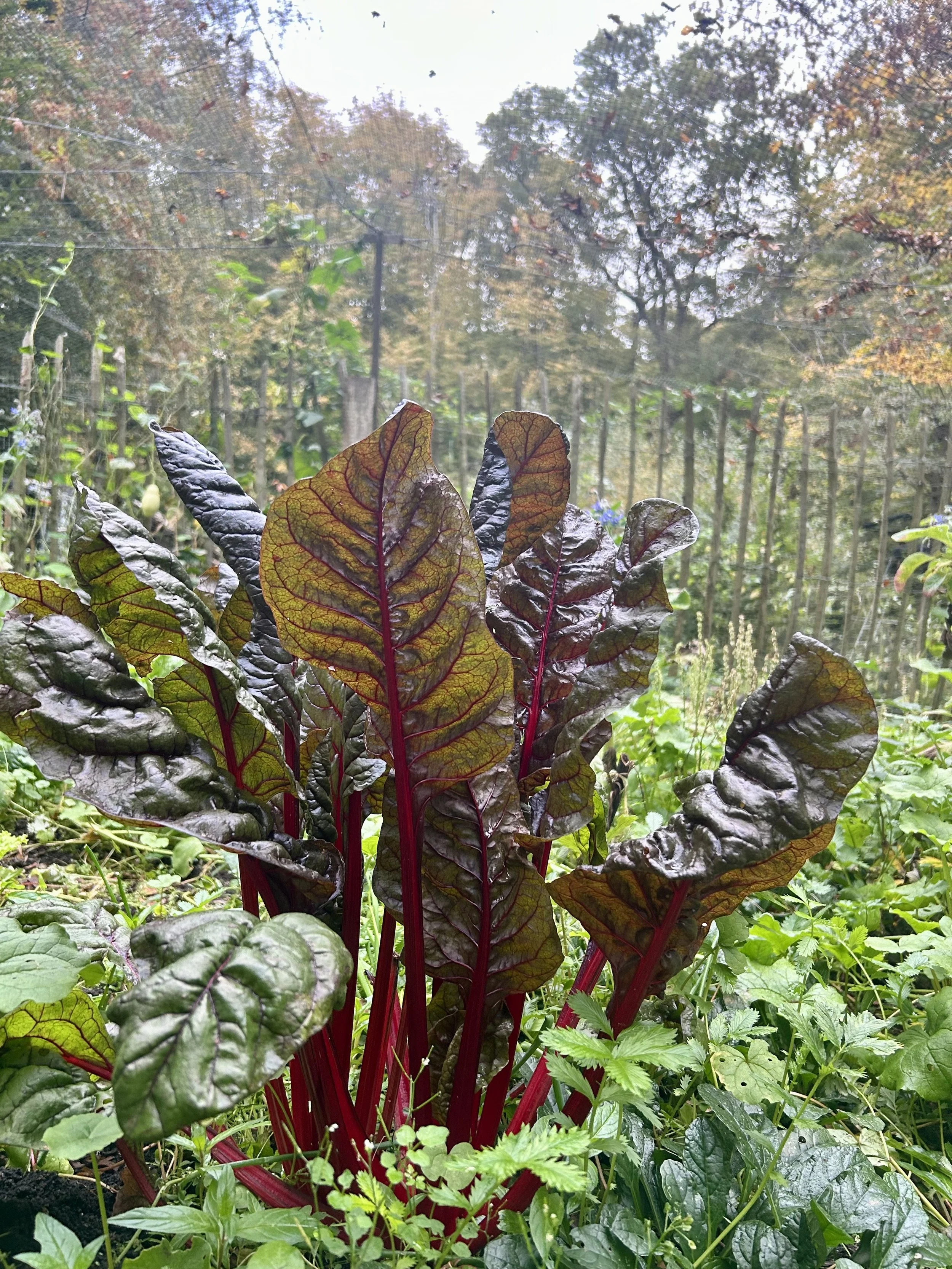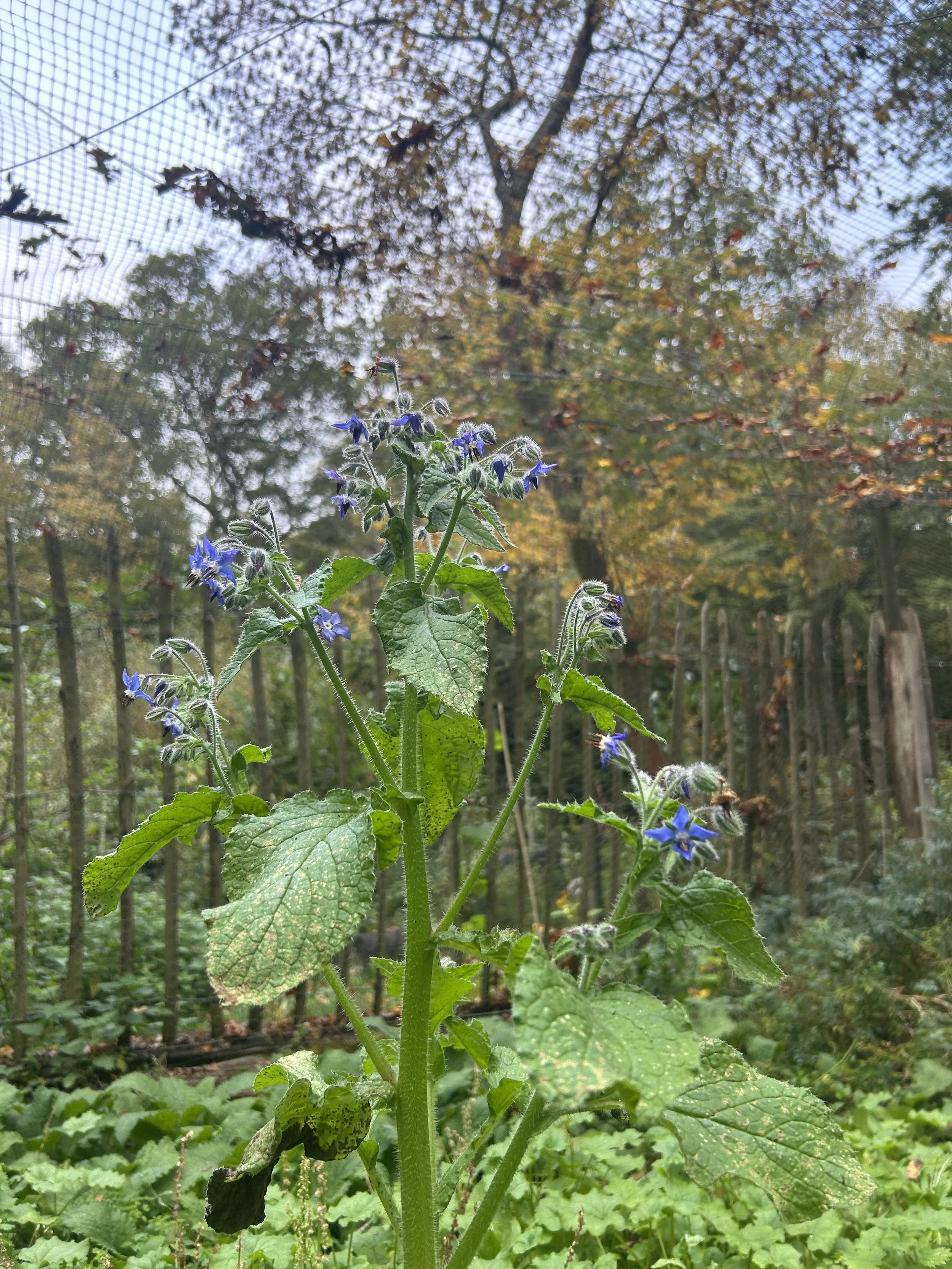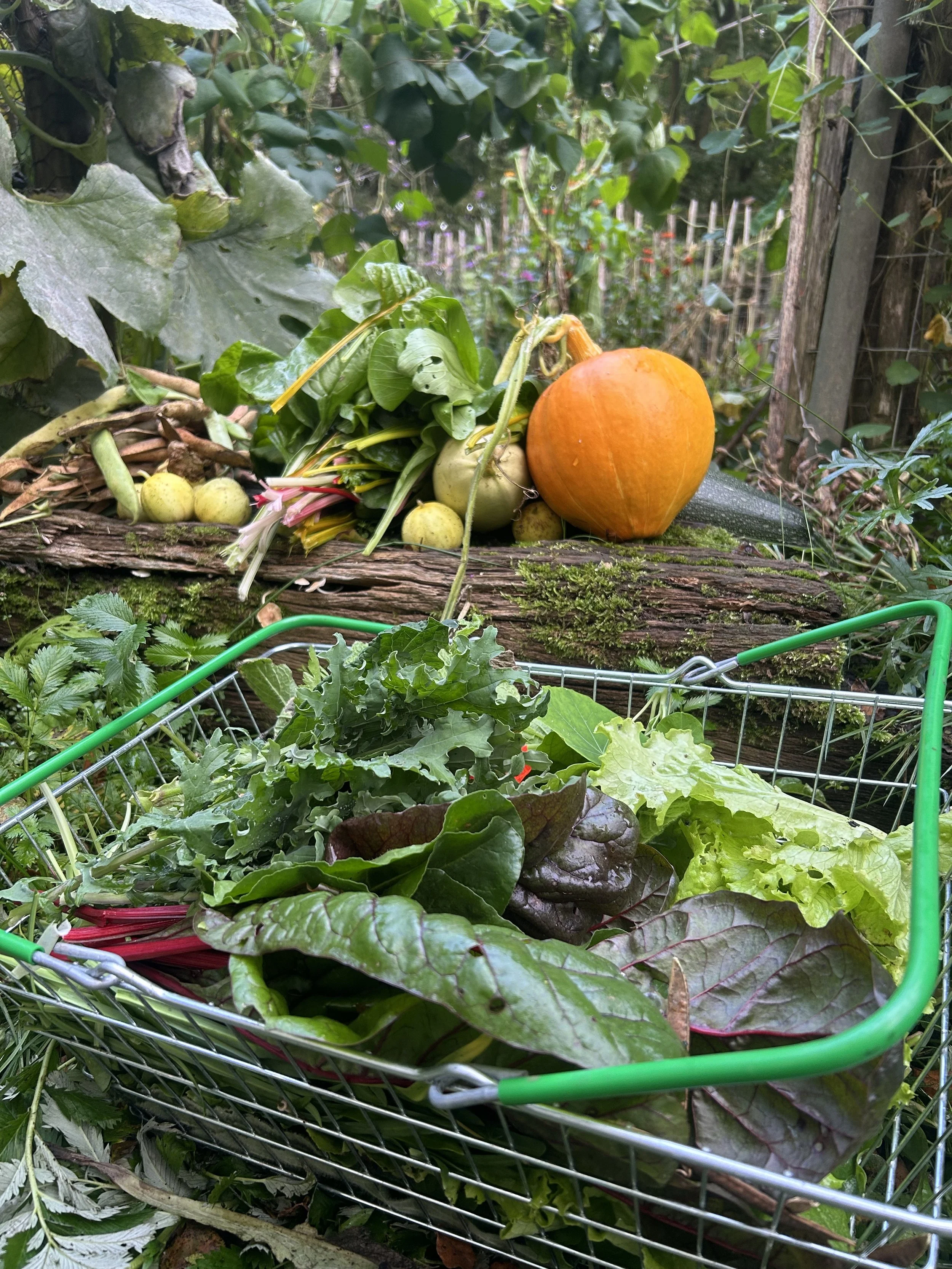
Woodland
The woodland is managed for ecology. Coppice cycles are being reinstated to increase biodiversity. This provides hazel for green woodworking and a range of other timbers that are selectively felled.
The digging of ponds provides an abundant source of clay that is used for pizza ovens and other ceramic produce.
The woodland is used for educational visits, bushcraft groups and wild camping.
People and Place: Local Nature Recovery Strategy
Local Nature Recovery Strategy
British woodlands have been in decline for more than a hundred years; economically, environmentally and socially.
We are regenerating the forest habitat to restore ecological diversity, increase wildlife and initiate people’s positive, low impact interactions within the woodland.
Woodland habitats are varied and wide ranging and they require specialised management. In this woodland there are oaks throughout, with an understory of hornbeam and hazel, both of which were coppiced for hundreds of years. Management of woodland across the country has lapsed in the last 50 years leading to overstood coppice and a marked decline in wildlife associated with it along with increasing problems from pests and diseases, such as the Grey Squirrel, who strip bark and can damage the tree crown. This impacts growing Oak for timber and hazel coppice, as does an increasing deer population. Overgrazing and browsing prevents regeneration and damages woodland structure.
An active management plan is in place to reduce numbers of deer and squirrels and excluding them from certain areas is showing good results, thus allowing us to regenerate parts of the wood one parcel at a time
We manage the forest for the benefit of birds as so many woodland species are in decline and it is now clear that this is due to loss of habitat and conditions that are no longer present in UK forest and woodlands.
The need for a well structured shrub layer within, and along the woodland edge has been lost in decades of neglect, resulting from the loss of coppice management, also importantly, the increasing problem of damage caused by the large deer populations.
We are actively reversing this by the creation of a near natural state of containing a full range of structures, ferns grasses, bryophytes, shrub layer, understorey, canopy layer of mature trees ,deadwood throughout all strata, including on the ground, also management of standing deadwood trees.
This woodland was damaged by the military during WW2 and also during the storm of 1987.
Changes in weather patterns, such as increased periods of heavy rainfall and prolonged periods of drought, have had negative effects on some tree species and the associated wildlife that rely on them. We are mitigating some of the impact by reinstating ditches and ponds so that water may be retained and planting where species such as ash have been lost.
Adhering to a management plan written over 15yrs ago and working to a sustainable model of habitat improvement, we have seen greater improvements than anticipated. This work is paced sensitively and includes planting of young trees grown from local seed, often with our visitors. These include alder, hazel, wild cherry, poplar, yew, oak and hornbeam.
Largely self funded through our other forestry, garden and art projects, this labour of love is hugely rewarding to all involved.
This vast area of ancient woodland was divided up into small plots from the 1970 onwards, unfortunately resulting in a loss of continuity of habitat management. This can be a problem for the integrity of the woodland as a whole and efforts must be made to provide corridors for movement of species. For this reason we are working closely with neighbouring woodland owners to create integrated management plans that will ultimately restore cohesion. Bringing the coppice back into cycle and thinning some of the weaker trees has resulted in a wide variety of habitats.
Our active management also includes the mitigation of antisocial behaviours that include; fires, motorbikes and car trespass, irresponsible camping and vandalism. By facilitating enjoyment of the woodland by a wide range of people, and welcoming visitors from all walks of life, both local and world travellers to enjoy the woodland, with a respectful ‘leave no trace’ commitment means damage to the whole area has greatly reduced.
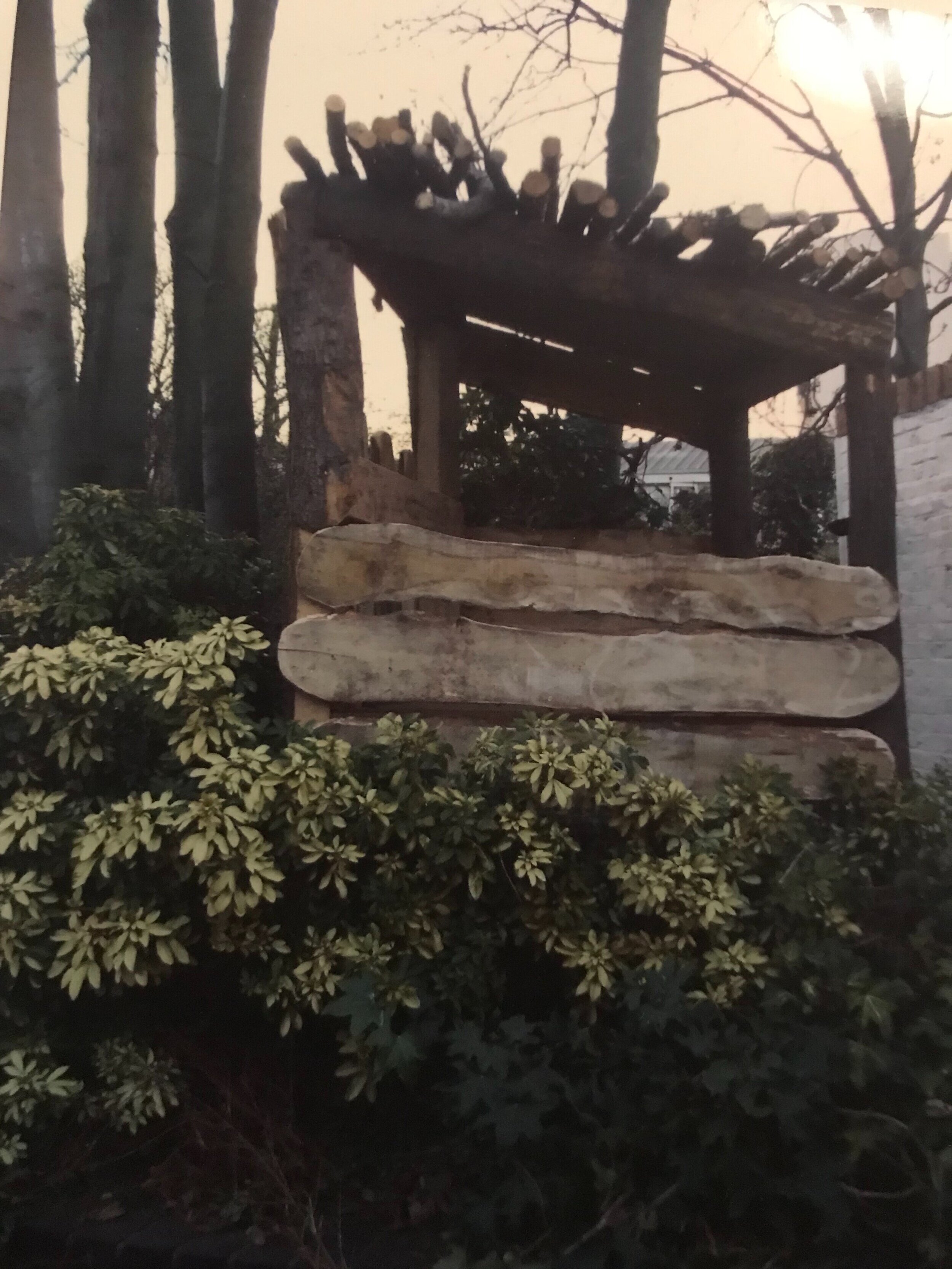












Forest Garden
It’s a wild place full of food, medicine and magic.
I dont like my garden to look like a zoo for plants.
The earth is a closed loop biological system of radical connectivity.
“Freedom is a constant struggle
To combine enhancement of the environment with methods to produce the most of the basic necessities of life means constantly evolving new techniques. It is possible to grow not only an abundance of nourishing foods and beverages, but also medicines, fuels, fibres, timbers, oils, resins - most of the things that are needed to maintain a reasonable standard of living for all.
The creation of a permaculture plot on any scale, from a town patio to a large rural area, is a fascinating and satisfying task. It is a way of restoring the intimate relationship with nature, with Mother Earth, with Gaia, for which every human psyche is programmed.
Just as much as any plant, the human being is intended to have roots in the natural environment, if she or he is to achieve spiritual security and all-round self-fulfilment. After a few years of relative self-sufficiency in food-plants and possibly medicinal herbs, one comes to realise that the products of one's own soil have a quality that attunes them uniquely to one's own metabolism.
One then experiences a process that goes beyond satisfying the appetite and healing minor ills to the enfoldment of positive health. A new vitality, a new life-force enters one's being.”
Patrick Whitfield How to make a Forest Garden
